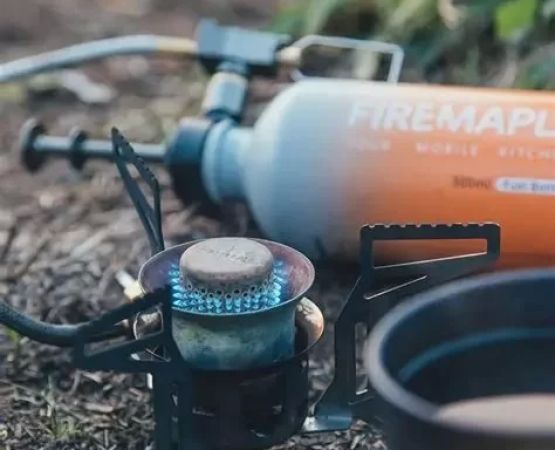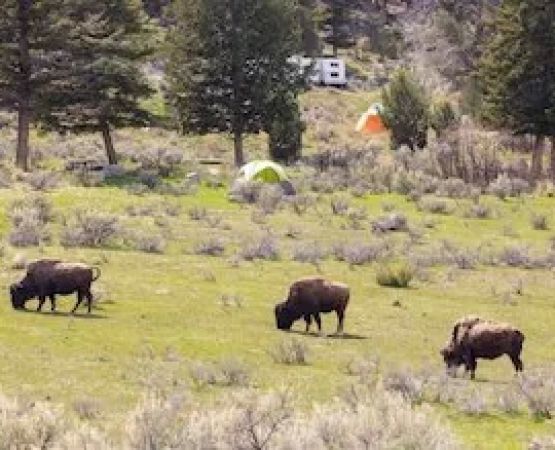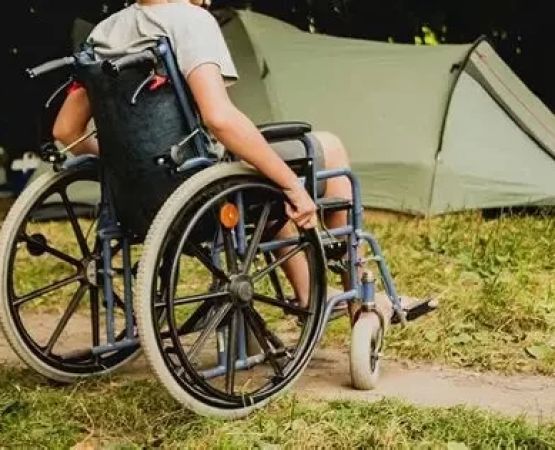- 1 - mountain-biking-foundations - #mountain-biking-foundations - why-proper-gear-makes-the-difference
- 2 - protective-gear - #protective-gear - helmets-gloves-and-safety-first
- 3 - bike-essentials - #bike-essentials - tools-tires-and-maintenance
- 4 - packing-strategies - #packing-strategies - balancing-weight-for-long-trails
- 5 - hydration-and-nutrition - #hydration-and-nutrition - fueling-the-ride
- 6 - navigation-and-tech - #navigation-and-tech - gps-tools-and-trail-maps
- 7 - real-life-stories - #real-life-stories - lessons-from-experienced-riders
- 8 - planning-your-own-ride - #planning-your-own-ride - where-to-get-gear-and-guidance
1) Mountain Biking Foundations – Why Proper Gear Makes the Difference
Venturing into the world of mountain biking and bike packing is thrilling, but it’s also demanding. The right gear is not about luxury—it’s about safety, performance, and ensuring your adventure is enjoyable rather than stressful. Riders often share how a forgotten multi-tool or an ill-fitting helmet changed their trip dramatically, proving that preparation is key.
2) Protective Gear – Helmets, Gloves, and Safety First
A quality helmet is the cornerstone of mountain biking safety. Add padded gloves, durable eyewear, and knee or elbow protection, and you’ll reduce the risk of injuries significantly. Experienced riders emphasize that even on familiar trails, accidents happen. Investing in proper protective gear ensures peace of mind and keeps you ready for any challenge.
3) Bike Essentials – Tools, Tires, and Maintenance
The bike itself is, of course, the centerpiece of your adventure. Beyond choosing the right frame and suspension, riders must pack essential maintenance tools: a mini pump, spare tubes, tire levers, and a compact repair kit. Stories abound of riders stranded miles from camp due to a preventable flat tire—underscoring the importance of being self-sufficient on the trail.
4) Packing Strategies – Balancing Weight for Long Trails
Bike packing requires strategic organization. Lightweight panniers or frame bags should balance the load evenly to avoid strain and maintain stability. Seasoned adventurers recommend trial runs before major trips, adjusting straps and weight distribution until the setup feels natural. This preparation can make the difference between a smooth ride and an exhausting one.
5) Hydration and Nutrition – Fueling the Ride
Hydration packs or bottle cages with multiple bottles are crucial for long rides, especially in warmer climates. Energy gels, protein bars, and compact meals provide the stamina needed for steep climbs and multi-day journeys. Some riders even swear by portable stoves for coffee breaks—small comforts that add joy to endurance rides.
6) Navigation and Tech – GPS Tools and Trail Maps
While traditional maps still hold value, modern GPS devices and smartphone apps have become essential gear for mountain biking and bike packing. Riders can preload routes, track progress, and avoid dangerous detours. Many have shared stories of how technology saved them from getting lost in remote areas, proving its worth alongside old-school navigation.
7) Real-Life Stories – Lessons from Experienced Riders
Take the case of a group who attempted a weekend ride without spare parts. A broken derailleur ended the adventure prematurely, teaching them the value of redundancy. Another rider recalls how packing ultralight gear transformed his multi-day trip from grueling to exhilarating. These accounts highlight how preparation shapes the outcome of any journey.
8) Planning Your Own Ride – Where to Get Gear and Guidance
For those ready to embark on their own adventure, assembling the right gear doesn’t have to be overwhelming. Platforms like Pine Cliff Resort provide not only the equipment but also advice tailored to riders’ skill levels and goals. From beginner-friendly starter kits to advanced setups for endurance athletes, you can find everything you need to make your mountain biking journey unforgettable.






